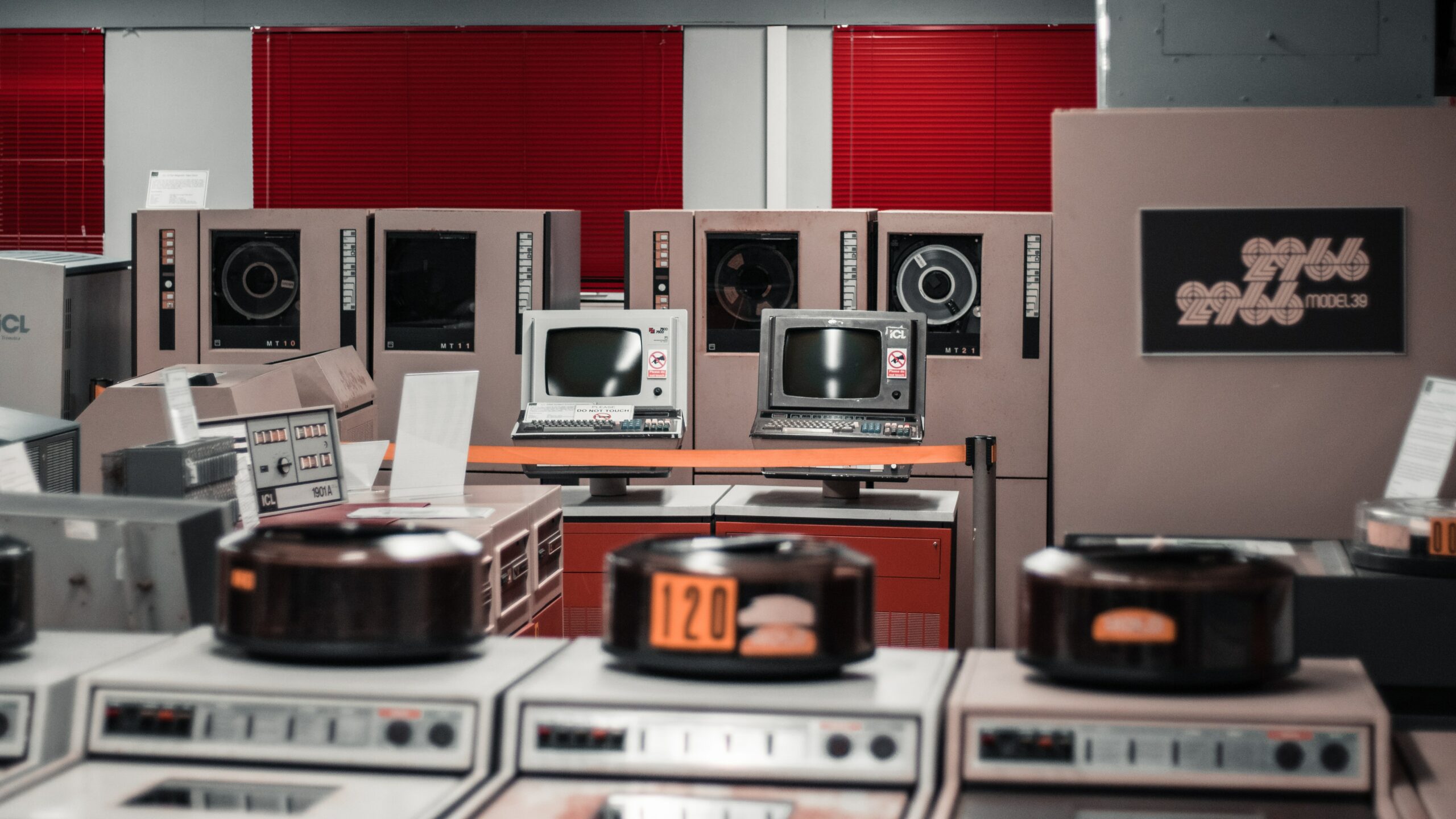If one hears or reads the word mainframe, one imagines one of those monsters that in the 1960s occupied entire rooms and settled in banks, insurance companies or military installations. That black and white world evolved, and although mainframes are (barely) no longer talked about, their use is more widespread than it seems. IBM just proved it with the launch of its latest mainframe, the IBM z16.
IBM has never stopped betting on mainframes. These machines were an integral part of the growth of the company during the second half of the 20th century, but little by little they would lose prominence compared to other alternatives.
However, at IBM they have continued to maintain that product line: we were talking about the z13 in 2015 and this generation has been followed by the z14 (2017), z15 (2019) and now this z16. The star of this new 'maquinón' —pun intended— is the IBM Telum processor, launched last summer and which has been optimized for the execution of massive workloads.
Mainframes in the cloud era. These machines ended up being relegated to the background with the arrival on the one hand of supercomputers —perfect for solving scientific and engineering problems— and especially of servers, those "supervitamin PCs" that enjoyed the ability to work together and enviable scalability.
But they didn't die, what's up? Mainframes are very good at one thing: transaction processing. This is important in the financial and logistics world, and mainframes were a very good solution for banks, airlines (for flight reservations) or any company with large inventories that had to be updated.
Although mainframes as machines hardly represent income for IBM (they were 3% of the total in 2010), where IBM does earn a lot (a lot) of money is in the services associated with these machines: according to analyst AM Sacconagui, mainframes end up generating 35% of IBM's profits.
Ric Lewis, responsible for these systems at IBM, also made it clear: "There was a time when people said that everything was going to end up in the cloud, and I think what we are seeing more recently is that people realizing that that data is everywhere. Not everything is going to be in the cloud. And really the evolution of the entire computing landscape is more towards specialized infrastructure."
From punch cards to artificial intelligence. In 1960 the IBM 7090 at Lawrence Livermore National Laboratory was a computing prodigy, but to program it you didn't use a mouse and keyboard, you used punch cards. Shortly after, the COBOL and Fortran programmers would arrive for these platforms, which were disappearing despite the fact that the demand for these professionals still exists. A lot has happened since then, and the IBM z16 has taken advantage of that evolution and now has an important ally: artificial intelligence.
This is used more than it seems. According to IBM, mainframes remain key in hybrid cloud environments that mix those cloud platforms with these mainframes. These environments are "valued" – they don't say used, but it seems to be the same thing – by two-thirds of the Fortune 100, 45 of the 50 largest banks in the world, 8 of the 10 largest insurers, 7 of the 10 largest commercial chains largest in the world and 8 of the 10 largest telcos on the planet.
In fact, a recent study (commissioned by IBM) revealed that the IBM zSystems family executes "70% of global transactions", and there is one particularly notable area where this mainframe wants to help: the fight against fraud to reduce losses in all kinds of financial transactions. It seems that the IBM z16 is therefore an interesting proposition for these areas.



